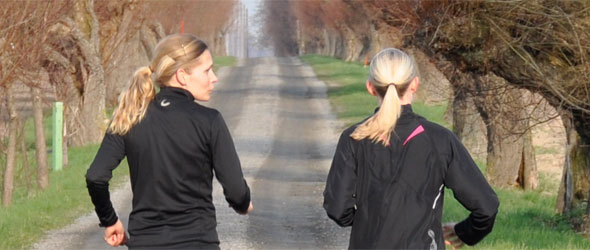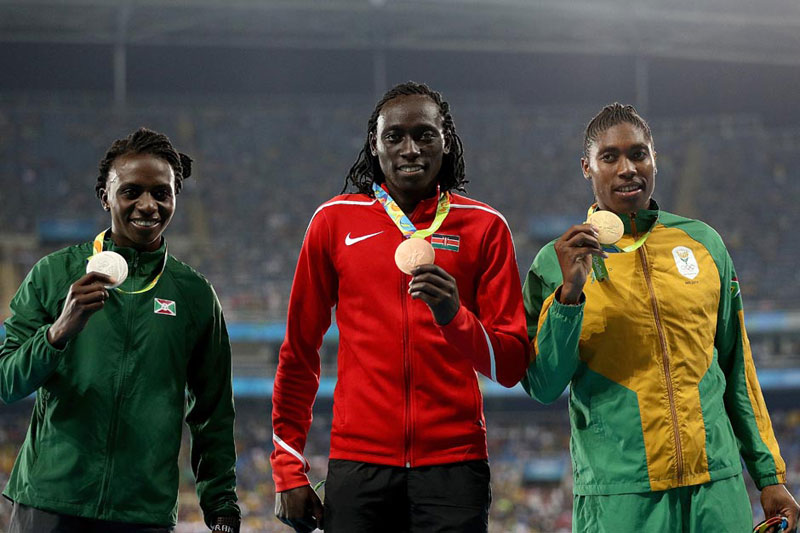World Athletics will take a significant number of new steps towards gender equity in our sport in 2023, including 40% female representation on the World Athletics Council. [Read more…]
New eligibility regulations for female classification
The IAAF this week issued new Eligibility Regulations for Female Classification (Athlete with Differences of Sexual Development) for events from 400m to the mile, including 400m, hurdles races, 800m, 1500m, one mile races and combined events over the same distances (‘Restricted Events’). [Read more…]
Growth of Running Apparel
State of the Sport Part I: Growth of Women’s Running
Women’s Running Apparel and Shoes
With the surge in women’s running, both athletic shoe and large apparel manufacturing companies have shifted their marketing efforts in order to meet demand, and new companies have emerged to fulfill a growing need. These companies have found strategic ways to attract their growing target demographic: female runners. With women seeking both performance and style, manufacturers have specifically designed running apparel and gear for the woman’s body including running skirts, female-fit tanks/shirts, running bras, tights, capris and shoes all in vibrant colors.
Early in women’s running, there was no such category as women’s running apparel. In fact, it wasn’t until the late 1970s that the running bra was invented, based on the prototype of two male jockstraps being sewn together. The idea was to provide women with more support and less chafing during their runs (this product was initially called the “jockbra”, and later, earned the official name Jogbra).
Nike, a leader in product innovation, has been part of this trend. In the mid-1980s, Nike developed a women’s “last” for their women’s shoe line. Prior to this time, any female looking for a running shoe had to purchase a men’s shoe in a smaller size. But the shoe lasts used for men’s running shoes weren’t effective at addressing the biomechanical and anatomical differences for women, such as the ratio of heel-to-forefoot, arch support and the pronation pattern due to hip alignment. Most running shoe companies today offer a full line of women’s running shoes that provide cushioning and stability specifically for the needs of female runners.
According to Running USA’s 2012 Women’s National Runner Survey, 65% of the female respondents spent more than $90 on running shoes last year and 80% spent $100 or greater on running apparel in the last 12 months. In both cases, these female core runners were more apt to buy from the local running store.
this article continues on from – 2012 State of the Sport – Part I: Growth of Women’s Running and is followed by – Why She Runs
Why She Runs
2012 State of the Sport – Part I: Growth of Women’s Running
Why She Runs
Why are more women running: young and old, heavy or thin, former athlete or not? Women run for innately personal reasons, but there are some universal tendencies. Kristin Armstrong, contributing editor to Runner’s World and author of Mile Markers: The 26.2 Most Important Reasons Why Women Run talked about her own personal journey. “Running is connected to my family, my parenting, my spiritual life, my fitness, my friendships, my health, my sanity, my peace. I can clear my head and solve problems when I run, or make peace with not knowing. I can find beauty, or at least redemption, no matter what.” [Read more…]


























